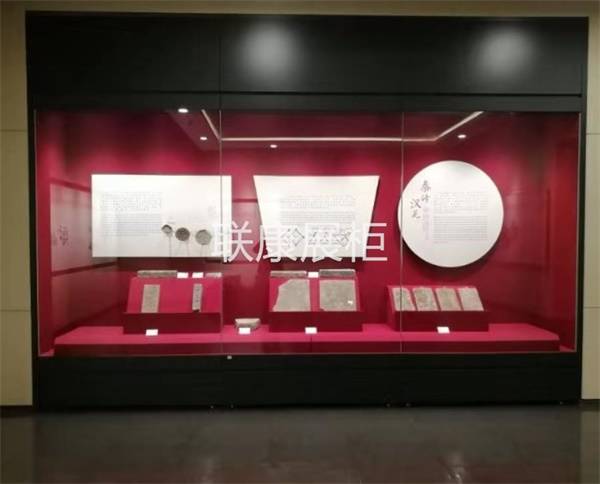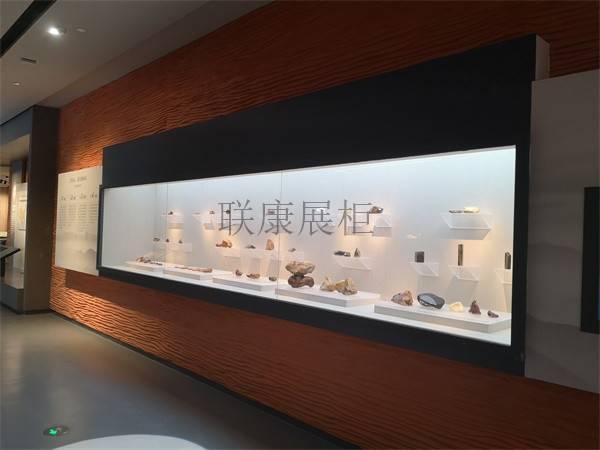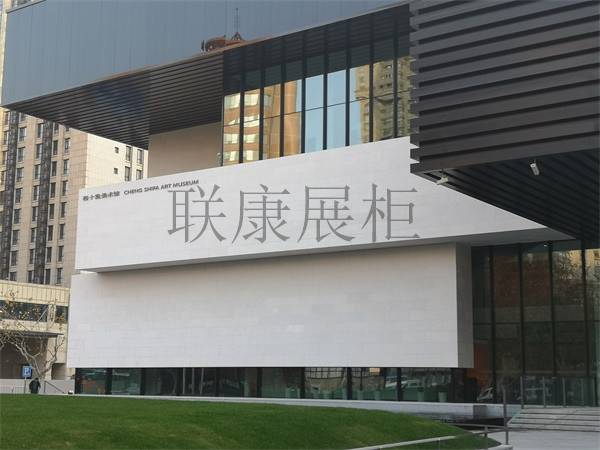2020年被很多行业大咖预言将是各行各业IP价值发展的重要一年。2007年针对博物馆文博产品,世界知识产权组织(WIPO)发布了《博物馆知识产权管理指南》。规定了博物馆知识产权管理的范畴包括:版权和邻接权。商标、服务商标、商号和专利。在博物馆资源的利用方面应该有更成熟和完善的体系充分挖掘和利用IP资源。以将博物馆的各方资源扩展到最大化的状态。
The year 2020 is predicted by many industry leaders to be an important year for the development of IP value in all industries. In 2007, the world intellectual property organization (WIPO) issued the "guide to the management of museum intellectual property" for museum cultural and museological products. The scope of museum intellectual property management includes: copyright and adjacent rights. Trademarks, service marks, trade names and patents. There should be a more mature and perfect system in the utilization of museum resources. To maximize the resources of the museum.
近年来我国发展如火如荼的文化创意产业便是一例,“博物馆IP(知识产权)”也耳熟能详,随着IP时代的到来,人们欣赏文话艺术品的同时也要更好的挖掘好同时具有的潜在价值。国家文物局近日发布《博物馆馆藏资源著作权、商标权和品牌授权操作指引(试行)》(以下简称《操作指引》),从行业角度给予这些在实践中摸索的博物馆示范性指引,为激发博物馆运行活力又注入了一剂强心针。

博物馆是公益性文化机构,不追求营利,但随着文化兴国战略的提出,文化产业发展的大趋势,博物馆承担着文化传播的重任,同时博物馆通过文创产品的销售既能延续博物馆的宣教职能,其经济效益又可以为收藏、展示、教育等功能所用,更是博物馆可持续发展的保障。随着博物馆在社会生活中的作用和影响力不断增长,博物馆藏品、古建筑、展览、商标等无形财产的社会效益和经济效益日渐凸显,侵权案件也时有发生,为此博物馆应当重视知识产权的管理与保护。
In recent years, China's cultural and creative industry has been developing like a boom, and "museum IP(intellectual property rights)" is also familiar. With the advent of IP era, people should better explore the potential value of cultural works while appreciating them. The national cultural heritage administration recently issued the operational guidelines on copyright, trademark right and brand authorization of museum collection resources (trial) (hereinafter referred to as the operational guidelines), giving these demonstration guidelines explored in practice from the perspective of the industry, and injecting a shot in the arm to stimulate the vitality of the operation of museums.
Museum is a nonprofit cultural institutions, not the pursuit of profit, however, as the culture and strategy is put forward, and the trend of cultural industry development, bear the important task of cultural transmission, museum and the museum by wen gen product sales to continue the education function of museum, its economic benefits and can be used for the collection, exhibition, education, and other functions, but also the guarantee of sustainable development of the museum. With the growing role and influence of museums in social life, the social and economic benefits of intangible properties such as museum collections, ancient buildings, exhibitions and trademarks are increasingly prominent, and infringement cases also occur from time to time. Therefore, museums should attach importance to the management and protection of intellectual property rights.
博物馆在展览的同时充分挖掘和利用IP资源还应注意以下几个方面:
第一,博物馆需要全面认识权利载体的内涵。馆藏资源是博物馆授权活动的权利载体,既包括有形物,也包括无形物,具体包括藏品实物原件、对藏品实物原件的演绎创作品、藏品的数字化信息。
第二,馆藏资源著作权授权时,确保享有该著作权或有权行使授权。根据现行《著作权法》,著作权包括人身权和财产权,其中人身权包括发表权、署名权、修改权和保护作品完整权,财产权包括复制权、发行权、出租权、展览权、表演权、放映权、广播权、信息网络传播权、摄制权、改编权、翻译权、汇编权,以及应当由著作权人享有的其他权利。
第三,随着数字化技术的发展,数字化博物馆资源整合是必然趋势。网上的数字化博物馆越来越多。将博物馆的藏品以及相关介绍等通过网络进行传播,是博物馆未来发展的必然趋势。这将有利于博物馆藏品价值的充分挖掘和开发,也有利于对文物的保护。
Museums should pay attention to the following aspects when fully exploiting and utilizing IP resources during the exhibition:
First, we should fully understand the connotation of the right carrier. Collection resources are the right carrier of authorized activities of the museum, including both tangible and intangible objects, including the original material of the collection, the interpretation of the original material of the collection, and the digital information of the collection.
Second, when authorizing the copyright of collection resources, we should ensure that we enjoy the copyright or have the right to exercise the authorization. According to the current copyright law, the copyright includes personal rights and property rights, personal rights including right of publication, the right of authorship, alteration and integrity rights, property rights including copy rights, distribution rights, right of rental, exhibition, which, presentation, broadcasting, information network transmission right, rights, rights, translation rights, the right to assembly, and the copyright owner shall enjoy the other rights.
Thirdly, with the development of digital technology, the integration of digital museum resources is an inevitable trend. There are more and more digital museums online. It is an inevitable trend for the future development of museums to spread the collections and relevant introductions of museums through the Internet. This will be conducive to the full excavation and development of the museum collection value, but also conducive to the preservation of cultural relics.
第四,博物馆方在合作方合作开发利用和品牌运营过程中,博物馆应加强监督,确保合同完全履行。一方面确保授权产品质量合格不会损害公共利益的情况。加强监督对维护博物馆品牌价值显得尤为重要。不
第五,开展博物馆资源整合的同时,应当注意保护属于博物馆经营信息的商业秘密。博物馆不但有技术信息,还有很多属于经营信息,比如展品资料、布展方式、行政管理中产生的各类信息、融资信息、组织结构设计等等。这些经营信息也都可以作为商业秘密受到保护。
Fourth, the museum should strengthen supervision to ensure the full implementation of the contract in the process of cooperative development and brand operation. On the one hand, to ensure that the quality of authorized products does not harm the public interest. Strengthening supervision is particularly important to maintain the brand value of museums. Don't
Fifth, while carrying out the integration of museum resources, attention should be paid to the protection of trade secrets that belong to the management information of museums. Museums not only have technical information, but also a lot of operational information, such as exhibit materials, exhibition arrangement, various kinds of information generated in administrative management, financing information, organizational structure design and so on. These business information can also be protected as trade secrets.

博物馆挖掘和利用IP资源的同时更应该深层次全方位,博物馆乃至整个社会需要思考的是:如何有效提取出馆藏资源中的艺术元素和文化价值,重新设计出更为贴合日常生活又彰显文化品位的产品?怎样构建一种约束性信用环境,限制授权双方行为。思考改革创新之时,希望能在不远的将来看到更多指南导则、标准规范,乃至法律法规定来提升博物馆公共文化服务能力,促进文物事业繁荣发展。只有这样才能使文物或者文化艺术品德文化价值以及潜在资源得到充分德挖掘和开发。
Museums should explore and utilize IP resources in a deeper and comprehensive way. What museums and even the whole society need to think about is: how to effectively extract the artistic elements and cultural values from the collection resources, and redesign products that are more suitable for daily life and highlight cultural taste? How to construct a binding credit environment that limits the behavior of the authorized parties. When thinking about reform and innovation, I hope to see more guidelines, standards and even laws and regulations in the near future to improve the public cultural service capacity of museums and promote the prosperity and development of cultural relics. Only in this way can cultural relics or cultural values and potential resources be fully explored and developed.



